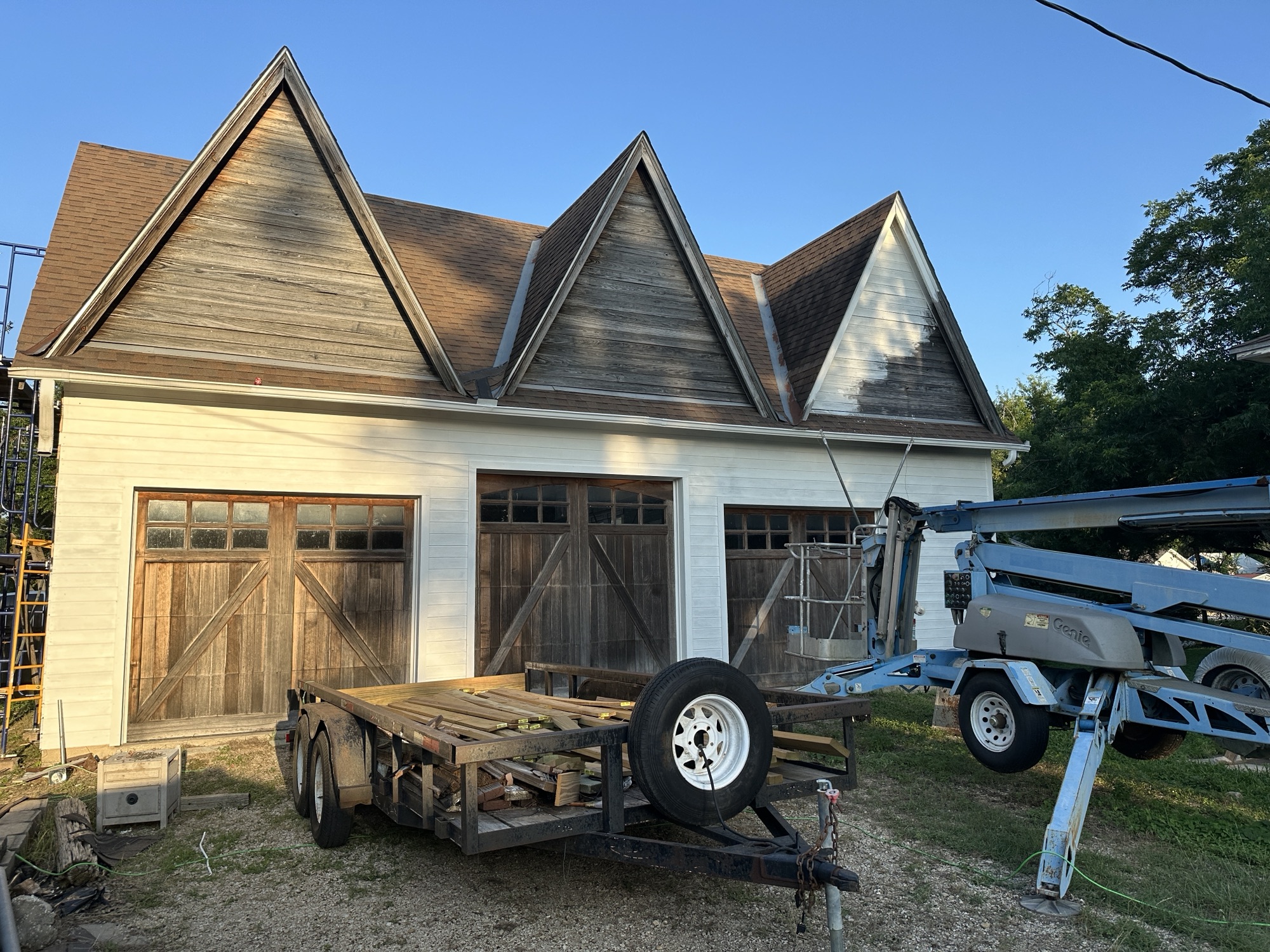Day 13: Me With 13 Things
I decided to share a different angle of me with you for today’s post. If you’ve been following along this year, you’re well acquainted with my interest in gadgets from the “Contents of My Bag” post last month. Some of you know I’m a polar bear enthusiast. How many of you also know I collect thumbprint glass?
Here is a photo of me with a few representative samples from my collection that happened to be handy:

If you’re counting, you’ll count twelve pieces of glass, the thirteenth item is the antique ice box the glass is displayed upon. I also collect turn of the century American Oak (that’s the Twentieth Century, in case you weren’t sure).

The colored glass in the photo was made by Fenton Art Glass in Williamstown, WV. In the 1960s and 1970s, Fenton Art Glass made multi-colored reproductions of a popular flint glass pattern from the 1860s. Bakewell, Pears, and Company in Pittsburgh, PA produced that pattern.
Some representations of the thumbprint pattern on tumblers can be found here (noted as Baby Thumbprint in the photos). I used a covered compote in here — you can see it toward the back in the middle of the photo. There’s also a pitcher in the picture. You can see it’s lip above the red goblet.
The two openings sticking up in the back are small vases. One is black and the second is blue. In the back left, of course, is an orange handled basket. It’s common to find variations in Fenton pieces, especially in vases. They are all hand fired by glass blowers, and each glass blower has his or her own style.
In the picture, there’s an orange handled basket, a green ruffled candy dish, a blue goblet, a black small vase, a blue small vase, a clear non-flint goblet, a small pitcher, a red goblet, the large flint pitcher, a flint goblet (it kind of blends in with the large pitcher, but it’s tucked between the small pitcher and the orange goblet), an ice bucket with a polar bear on it, and a clear flint goblet (which may not be of Bakewell and Pears origin — one or two other manufacturers also made this pattern, varyingly known as Argus in addition to thumbprint).
The small pitcher is made by a company called Kanawha Glass. I first saw one in an antique store and purchased it for something like $2. I’ve picked up about a dozen of these little pitchers in various colors through the years, and they’ve always been very inexpensive (although, in researching this article, I found one on Etsy for $24.99, so they may be increasing in value).
Finally, the polar bear ice bucket. In the 1930s and 1940s, ice buckets were common. Several were made with the image of a polar bear on them. I have at least three variations.
These pictures don’t begin to do the glass justice. I can expect to pay $50 for most common flint glass versions of the thumbprint pattern. If I find a more rare piece — like the ladies’ punch bowl my husband found for me at an estate sale, I can expect to pay much more. A gorgeous punch bowl and cups in the Bakewell and Pears thumbprint pattern is on display in the Smithsonian Museum of American History in Washington DC. Interestingly, I found my very first piece in a second-hand junk shop on the road to the Easter Shore of Maryland in the early nineties. I paid $1.50 for it. And that’s how collections get started. One, innocent, impulse purchase at a random, unexpected moment.


